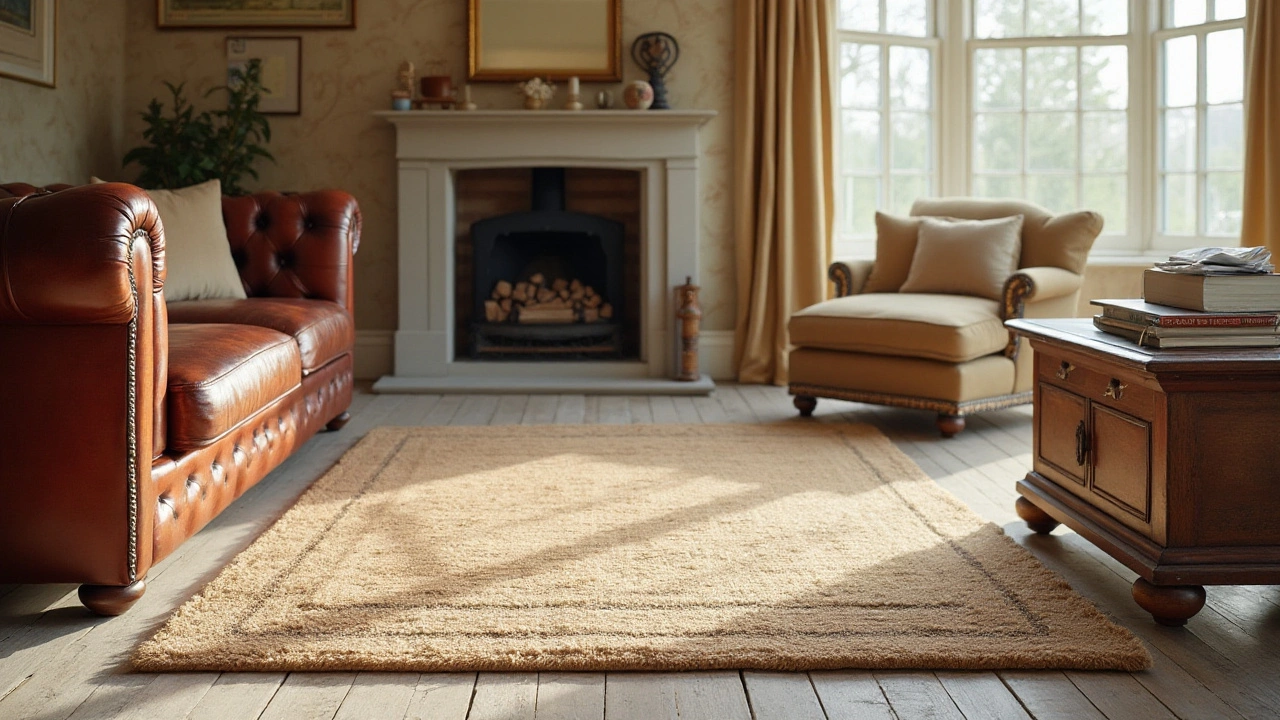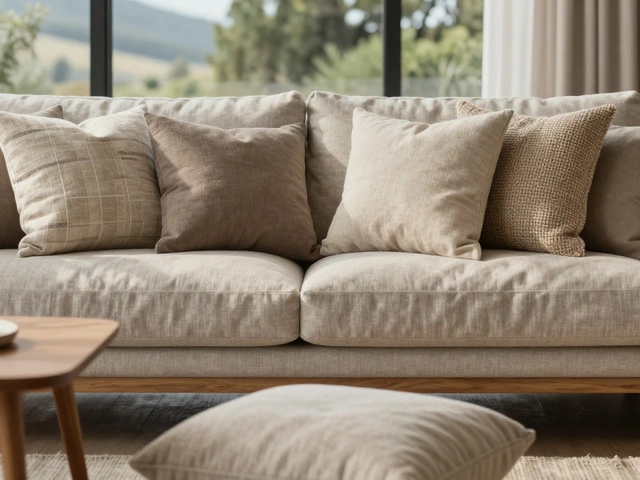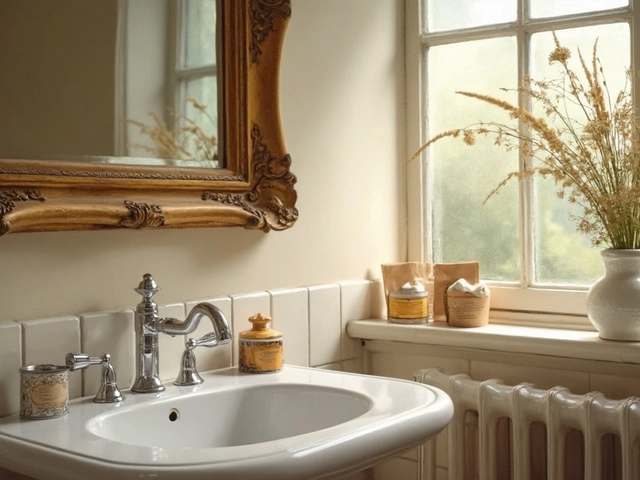Durable Rugs: Tough, Low‑Maintenance Floor Coverings for Every Home
If you’re tired of constantly replacing worn‑out rugs, you’re not alone. A good rug should stand up to spills, muddy paws, and the daily shuffle of feet without losing its look. Below you’ll get straight‑forward advice on the toughest rug options, how to pick one that fits your style, and simple care tips that keep it fresh for years.
What Makes a Rug Durable?
Durability comes down to three things: the fibre, the weave, and the backing. Synthetic fibres like nylon and polypropylene are championed for their resistance to stains and wear. Nylon can bounce back from heavy traffic, while polypropylene repels water – perfect for homes with kids or pets.
Wool is another solid choice. It’s naturally resilient, hides footprints, and feels soft underfoot. The downside is higher cost, but a wool rug often outlasts cheaper alternatives. Look for a tight, low‑pile weave; the tighter the construction, the less likely the rug will fray.
Top Low‑Maintenance Materials
Polypropylene (Olefin): This is the most budget‑friendly option that still resists stains, mildew, and UV fading. It’s easy to vacuum and can be hosed down if needed. Great for entryways or high‑traffic living rooms.
Nylon: If you need a rug that will bounce back after being stepped on all day, nylon is the go‑to. It’s tough against abrasion and holds colour well, meaning you won’t see fading after months of sunlight.
Indoor‑Outdoor Rugs: Made for patios, these rugs are built to survive weather, so they’re also great for busy indoor spaces. They’re typically polyester or polypropylene, with a rubber backing that keeps them in place.
Wool: For a mix of softness and strength, choose a tightly woven wool rug. It naturally resists dirt and can be spot‑cleaned with a mild detergent.
Blended Fibres: Some manufacturers mix polyester with nylon or polypropylene. The blend can give you the best of both worlds – softness, stain resistance, and durability.
When you shop, give the rug a quick test: run your hand over the surface. If it feels loose or you see threads pulling out, it’s likely a lower‑quality weave. A good rug should feel firm and stay together when you tug gently at a corner.
Easy Care Tips
Even the toughest rug needs a little love. Vacuum once a week, using a brush‑roll setting to lift debris without damaging fibres. For spills, blot (don’t rub) with a clean cloth and use a mild soap solution. If the rug is polypropylene or polyester, you can spot‑wash with a garden hose on a low setting – just let it dry fully before putting furniture back.
For wool rugs, stick to dry cleaning or a specialist wool cleaner. Avoid harsh chemicals; they can strip the natural oils that keep wool soft. Rotate the rug every few months so the wear spreads evenly.
In the UK, many online shops offer free returns, so you can test the rug at home. Look for retailers that list a clear durability rating or guarantee – that’s a sign they stand behind the product.
To sum it up, pick a rug with a tight weave, choose a resilient fibre like nylon or polypropylene, and follow the simple cleaning routine above. You’ll get a floor covering that handles the chaos of everyday life and still looks great for years to come.

Durable Rugs: Choosing the Longest-Lasting Options
When choosing an area rug, understanding the factors that contribute to its durability helps ensure a lasting investment for your home. This article explores different rug materials and construction types that stand up to the test of time. It provides insights into which rugs are best for high-traffic areas and offers care tips to extend their lifespan. From natural fibers to synthetic blends, learn how to select a rug that combines style and endurance.
Categories
- Storage (27)
- Bathroom (18)
- Sofas (15)
- Curtains (15)
- Home Decor (12)
- Bedding (11)
- Kitchenware (11)
- Cushions (11)
- Mirrors (10)
- Rugs (9)



